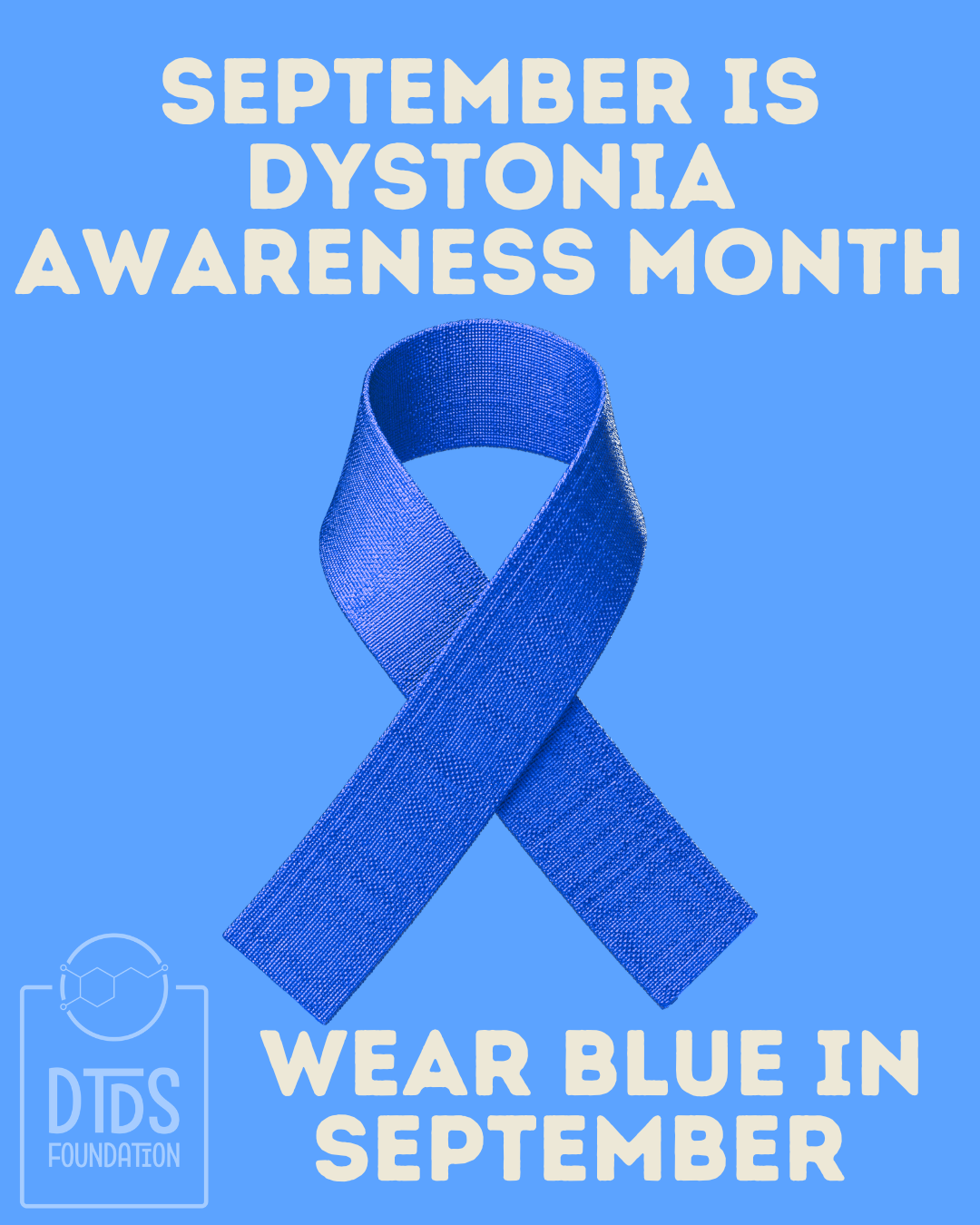

November is National Hospice & Palliative Care Month: What It Means for DTDS Families
November is National Hospice & Palliative Care Month. For DTDS families, palliative care isn’t only for end-of-life—it can begin at diagnosis, helping manage symptoms, improve quality of life, and support caregivers. Explore trusted resources to find local programs and learn how palliative care can be an essential layer of support at every stage.

World Cerebral Palsy Day: Standing Together in Awareness and Inclusion
On October 6, World Cerebral Palsy Day raises awareness and celebrates the strength of the CP community. Many children with Dopamine Transporter Deficiency Syndrome (DTDS) share similar motor challenges—and are often first misdiagnosed with CP before receiving their true diagnosis. Learn why this connection matters and how we can stand together for inclusion, accessibility, and research.

How to Get Involved with the DTDS Foundation
At the DTDS Foundation, our mission is simple yet powerful: to bring hope, support, and progress to families affected by Dopamine Transporter Deficiency Syndrome (DTDS). Because DTDS is so rare, every voice, every volunteer, and every donation has an outsized impact.
By getting involved, you help accelerate research, raise awareness, and provide essential resources to families across the globe. Here are meaningful ways you can join our mission:

September is Dystonia Awareness Month
September is recognized as Dystonia Awareness Month—a time to shine a light on this challenging movement disorder, share resources, and raise support for the families affected.
At the DTDS Foundation, we’re especially committed to spreading awareness because dystonia is one of the hallmark symptoms of Dopamine Transporter Deficiency Syndrome (DTDS). Understanding dystonia helps doctors, therapists, and families provide better care for children living with DTDS and other rare neurological conditions.

Explaining DTDS to Siblings, Classmates, and Teachers
Here are tips on how to explain DTDS to siblings, classmates, and teachers this back to school season.

Nora’s story
Two-year-old Nora is the only, very desirable child in the family. The baby was born in Russia on time, 8/9 on the Apgar scale. Already on the sixth day, mother and daughter were discharged home

Emma’s story
Emma is three years old. She loves music and dancing. She goes to preschool and ballet and enjoys being around other children. Mentally and emotionally, Emma is just like any other 3 year old; however, she cannot walk, talk, crawl, or voluntarily use many of her muscles.

What are the benefits of joining the DTDS + RARE-X Data Collection Program?
RARE-X believes that by enabling rare patient communities to more easily gather, structure and securely share critical inclusive data, through a common platform, in collaboration with researchers, drug developers and clinicians anywhere in the world, they will accelerate diagnosis, disease understanding, and development of future treatments and cures across more than 10,867 rare diseases. Learn why you should get involved.

Helpful Tips for Families Living with DTDS
Living with Dopamine Transporter Deficiency Syndrome (DTDS) brings unique challenges, but with the right tools, support, and mindset, families can find strength, connection, and hope. Here are some helpful tips for navigating life with DTDS…

Talking to Your Doctor: Tips for Understanding and Communicating About DTDS
Navigating a diagnosis like DTDS can be challenging, especially when it comes to understanding medical terms and treatment options. Here are some tips to help you communicate effectively with your healthcare team…

Understanding the Two Forms of DTDS
DTDS can look different from person to person. While some children begin showing signs very early in life, others may not experience symptoms until later in childhood or even adulthood. Doctors generally describe two forms of DTDS based on when symptoms appear and how the condition progresses…
